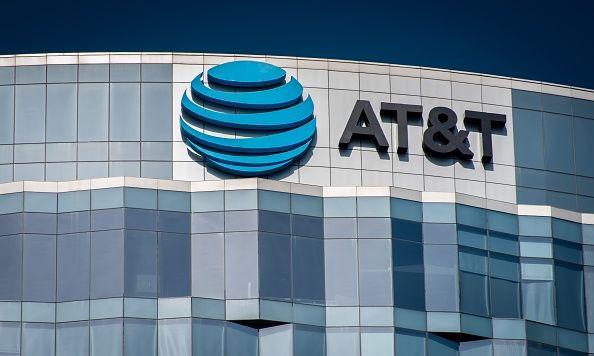AT&T's Streaming Offerings Are A Mess

AT&T (NYSE:T) recently rebranded its struggling live-TV streaming service, DIRECTV NOW, as AT&T TV NOW. The move brought the service more closely into the AT&T branding fold, but also created a jumble of live-TV streaming brands for the company. The confused branding reflects the reality that AT&T's assortment of streaming services is disorganized and inefficient.
What's in a name?
AT&T TV NOW is not AT&T's only live-TV streaming service. It's also not the only live-TV streaming service that has a name that begins with "AT&T" and includes "TV." It joins AT&T WatchTV and AT&T TV. NOW and TV both use the same app -- which, incredibly, is also called AT&T TV.
Then there's HBO, which exists as plain old HBO (the premium channel viewers can get through their pay TV providers) and also as two apps: HBO NOW and HBO GO. On top of this, AT&T's upcoming WarnerMedia subscription video-on-demand (SVOD) streaming service -- set to debut in the spring -- will be branded with HBO's name as HBO Max.
That makes three different live-streaming services using variations on the AT&T TV brand and four offerings working off the HBO brand.
It makes sense to connect related services and apps with brand names, but the extreme similarities of some of these names is confusing. And it's strange that some of these apps and services aren't just related -- they appear to be competing with each other.
Overlapping audiences
AT&T is targeting streamers with two, and sometimes even three, services that do pretty much the same thing.
AT&T TV is a live-TV streaming service that's coming soon from the company and will also have on-demand content. AT&T TV NOW (the former DIRECTV NOW) is also a live-TV streaming service that will have on-demand content. AT&T WatchTV is also a live-TV streaming service and also has on-demand content.
AT&T WatchTV targets the company's mobile customers and offers a very skinny bundle that is available for $15 per month, which is considerably cheaper than the typical live-TV streaming bundle. But AT&T TV NOW offers multiple channel bundles at different price points, so why isn't AT&T WatchTV just one of AT&T TV NOW's bundle options? And why does the company need an entirely new live-TV service called AT&T TV?
AT&T's HBO offerings make a bit more sense. AT&T GO is an app that allows customers to stream HBO content if they pay for HBO through a pay TV provider, while HBO NOW is the direct-to-consumer subscription option. Both provide access to the same HBO content. Still, it's not clear why these functions can't be housed within a single app.
The company says HBO Max will have "an extensive collection of exclusive original programming (Max Originals) and the best-of-the-best from WarnerMedia’s enormous portfolio of beloved brands and libraries." For instance, the service will have the exclusive streaming rights for Friends and Pretty Little Liars and is working with producer Greg Berlanti and actress/producer Reese Witherspoon to create movies.
And don't forget non-HBO streaming services that AT&T owns through WarnerMedia. Many of those services, including anime streaming service Crunchyroll, will become a part of HBO Max, though AT&T appears to be planning to let customers subscribe to these services directly, as well.
What a mess
Having overlapping offerings is an inefficient but not uncommon problem in streaming, especially given recent mergers. But other streaming giants have handled their messes much more deftly.
Disney (NYSE: DIS) has managed to differentiate Hulu -- which it now controls -- and the upcoming Disney+ streaming services reasonably well and make both of them relatively affordable while making sure that each platform has its own content. That's the opposite of what AT&T is doing with HBO Max, which is designed to feature the same stuff that's on HBO and that is reportedly going to cost more than HBO does. (A higher price tag would make sense in the context of its content, which includes more than just HBO shows, but it's a strange choice given how fractured the streaming SVOD marketplace is about to become.)
AT&T should either consolidate its streaming options or copy Disney's playbook by shrinking and differentiating them. As it stands, it's easy to imagine customers subscribing to both Hulu and Disney+, but very, very hard to imagine customers subscribing to HBO NOW and HBO Max, or AT&T TV and AT&T TV NOW.
This article originally appeared in the Motley Fool.
Stephen Lovely owns shares of AT&T. The Motley Fool owns shares of and recommends Walt Disney. The Motley Fool has the following options: long January 2021 $60 calls on Walt Disney and short October 2019 $125 calls on Walt Disney. The Motley Fool has a disclosure policy.




















